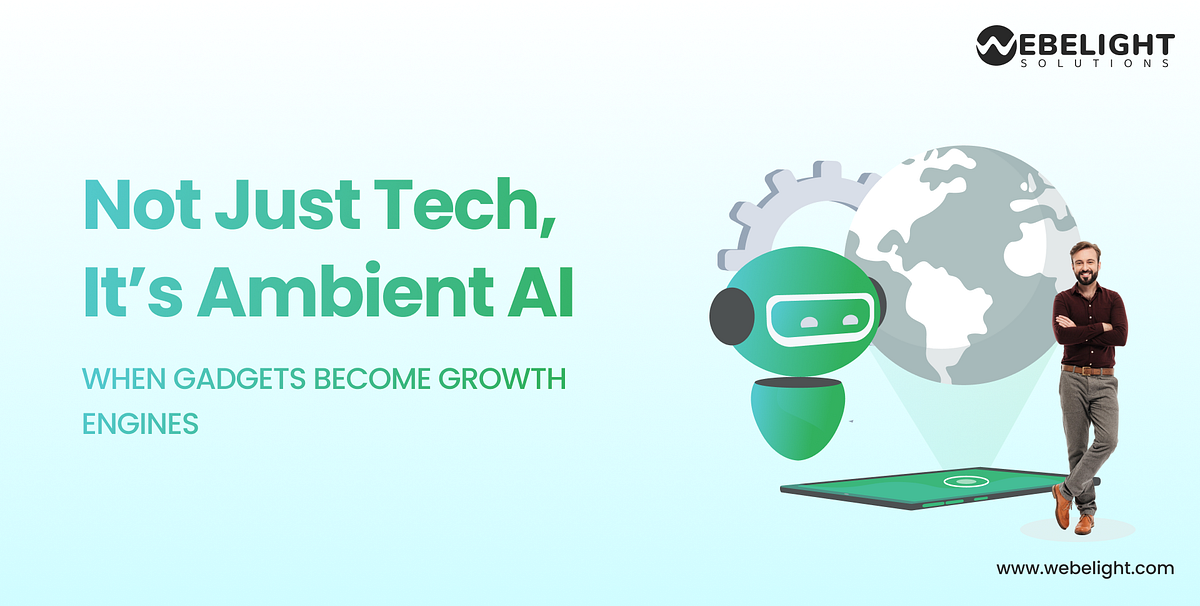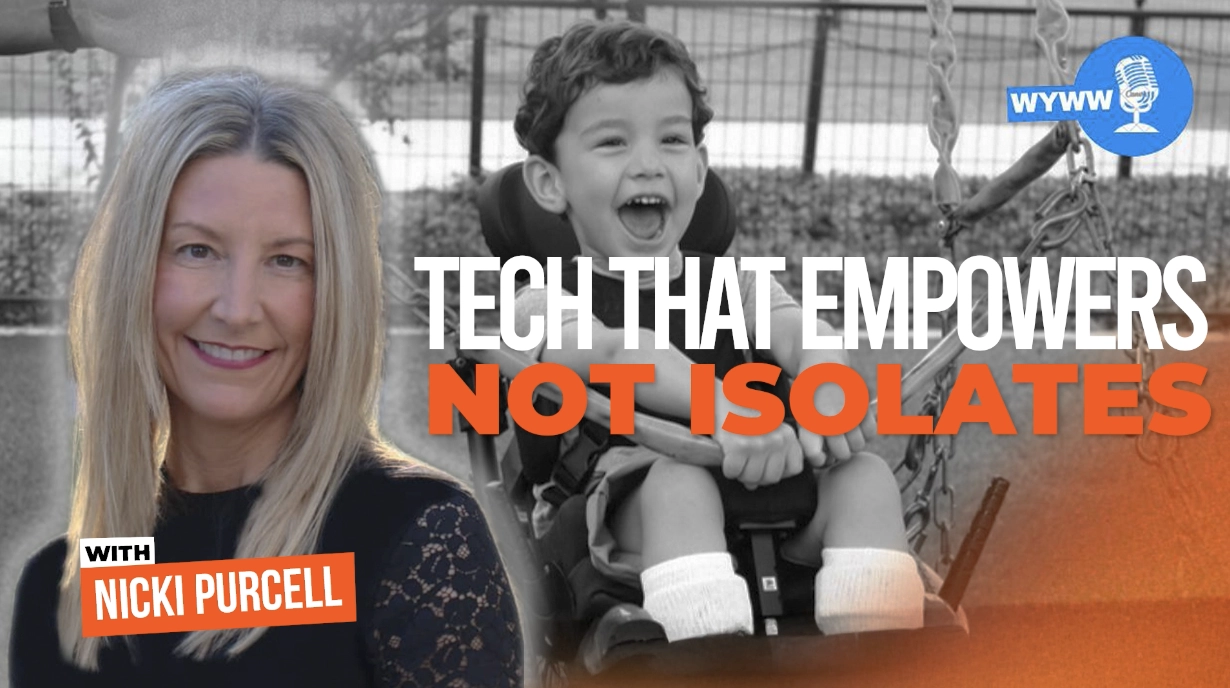Summary
The Ambient AI Ecosystem in 2025: How Wearables, Smartphones & Voice Assistants Are Transforming Business Imagine a retail environment where employees use weara…
Source: medium.com

AI News Q&A (Free Content)
Q1: What are the primary technological advancements in the Ambient AI ecosystem by 2025, particularly in wearables and voice assistants?
A1: The Ambient AI ecosystem in 2025 is marked by significant advancements in wearables and voice assistants. Innovations such as Talking Spell, a wearable system, enable users to interact with everyday objects through anthropomorphic voice interaction, enhancing user experiences by fostering emotional connections. Furthermore, voice assistants like Voicify have advanced capabilities for interacting with smartphone apps, featuring a deep learning command parser that interprets human commands with 90% accuracy, improving efficiency and usability.
Q2: How are smartphones transforming business environments by 2025 according to the latest research?
A2: Smartphones are pivotal in transforming business environments by 2025. They facilitate data-driven decision-making through applications like Dukawalla, which integrates voice interfaces and generative AI to help small businesses, especially in Africa, make informed decisions. Additionally, remote monitoring technologies in healthcare, such as smartphone apps for post-arthroplasty care, enhance patient adherence and satisfaction while reducing healthcare utilization.
Q3: What impact do wearables have on health monitoring and patient care, as suggested by recent studies?
A3: Recent studies highlight that wearables significantly impact health monitoring and patient care. They provide high-resolution, real-time data on patient mobility post-surgery, offering insights beyond traditional patient-reported outcome measures. These technologies, including sensor-embedded prostheses and mobile health platforms, enable remote monitoring, improve rehabilitation adherence, and reduce healthcare utilization, although challenges like privacy concerns and the need for clinical validation remain.
Q4: What are the latest innovations in retail environments utilizing Ambient AI by 2025?
A4: In retail environments, Ambient AI innovations by 2025 include advanced virtual assistants and smart devices that enhance customer interactions and operational efficiency. These technologies allow for seamless integration of AI into retail operations, facilitating personalized customer experiences and optimizing inventory management. Retailers are increasingly leveraging AI to analyze consumer behavior and improve service delivery.
Q5: How does the integration of AI in smartphones enhance user interaction and experience?
A5: The integration of AI in smartphones enhances user interaction and experience by providing more intuitive and efficient ways to interact with apps. For instance, systems like Voicify enable users to control app elements through voice commands, improving accessibility and user engagement. These AI-powered interfaces can interpret complex language variations and directly access app features, offering a seamless user experience.
Q6: What challenges do businesses face when adopting AI-driven voice interfaces, and how are these being addressed?
A6: Businesses adopting AI-driven voice interfaces face challenges such as understanding complex language variations, ensuring data privacy, and integrating these technologies into existing workflows. Solutions like Dukawalla address these by offering intuitive interfaces that bridge raw data with actionable insights through voice interaction, helping small businesses make informed decisions without extensive training or infrastructure changes.
Q7: In what ways are smart cities leveraging Ambient AI to enhance urban living by 2025?
A7: Smart cities are leveraging Ambient AI to enhance urban living by integrating digital technologies for improved sustainability, efficiency, and social inclusion. These cities use AI to manage urban flows, optimize resources, and facilitate data sharing among citizens and businesses. Key applications include traffic management, energy efficiency, and public safety, contributing to a more connected and responsive urban environment.
References:
- Talking Spell: A Wearable System Enabling Real-Time Anthropomorphic Voice Interaction with Everyday Objects
- Voicify Your UI: Towards Android App Control with Voice Commands
- Dukawalla: Voice Interfaces for Small Businesses in Africa
- Reimagining Outcomes: A Perspective Review of Advances in Remote Monitoring Technologies in Post-Arthroplasty Patient Care
- Wikipedia - Smart city





